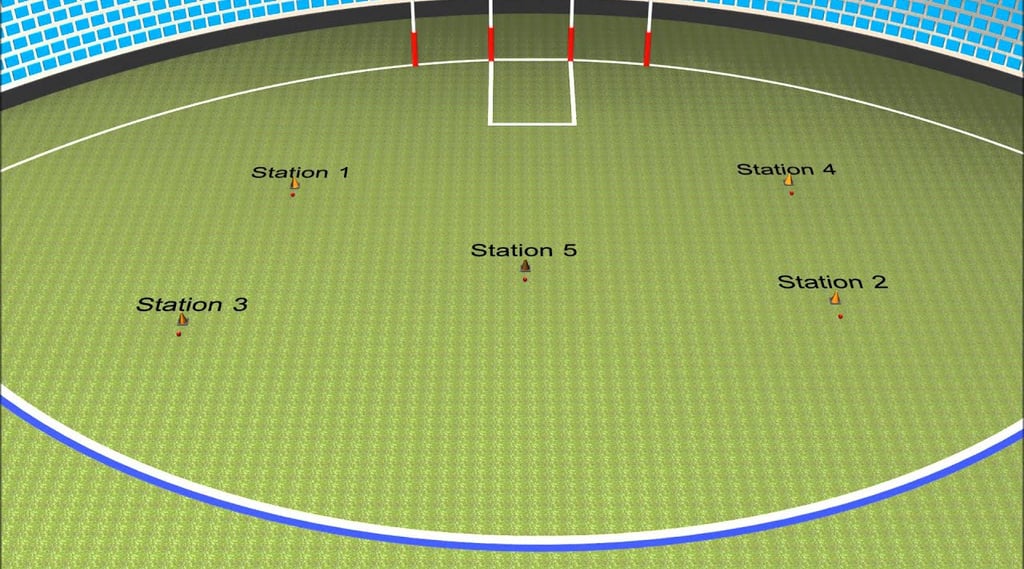Kicking Goals in Life
HEADLINE POST
2/4/20243 min read


Setting Objectives (what I want to achieve) are imperative, milestones (keeping score) are important, but taking action (kicking goals) daily is the key to Always Be Improving...
It's easy to set goals in the future (and feels good because they are set, but never actually do them). That's why I like to 'kick' goals (present), 'set' objectives (future) and 'have' milestones (scorecard) because definitive language is important. I see people talk about goals very generally- using the same language for short and long term goals. This doesn't make any sense to me.
To develop this metaphor further, I like to relate it to a game of AFL. I don't like the idea of 'having' goals- there's no action to it. 'Kicking' goals shows the action. Each goal moves towards an objective. It's important to set each goal up, from a position you feel comfortable. Kicking goals can be difficult the first couple of times- but it gets easier the more you do it. In addition, if the goal is too big to achieve in on go, it can be broken down further- as much as is needed. I don't think there's any shame in breaking down each goal into smaller and smaller parts, just as long as the goal is achieved. And another goal is setup, working towards the objective.
This is when the act of kicking a goal becomes a habit. The more habits you kick, the easier they become. Once habits become easy, they can be stacked together ('piggybacked'). This is described as habit stacking in the book 'Atomic Habits' by James Clear.
"Learn how to implement habit stacking, a technique where new habits piggyback on existing ones. Clear also emphasizes the power of tiny changes, illustrating how minor adjustments can lead to major, sustainable improvements."
Difference between strategy and tactics
One step at a time, or more appropriately, one kick at a time!
I find that it’s important to clearly define what I want to achieve in life. I find that people have short-term goals, medium-term goals, long-term goals and fall-back goals (goals to achieve if the current goals fall through). The ‘official’ definition of ‘S.M.A.R.T.’ goals- Specific, Measurable, Assignable, Realistic, Time-related.
This is very wordy and complicated. It looks really good on paper, but not so much in practise. This is why I prefer a much more practical definition.
1. Objective where you want to go/what you want to achieve
2. Milestones Keep track of my actions/ celebrate achievements
3. Strategy how I want to get there
4. Tactics What I plan to do
5.Goals Kicking Action!!
This really doesn’t look good on paper (O.M.S.T.G.? W.T.F.?
The difference between strategies and tactics is that strategy is the direction taken and tactics are the way it's achieved. Therefore it's important to set the strategy first, then work out the best way to get there. Tactics are best demonstrated by 'kicking goals'.
This is when the act of kicking a goal becomes a habit. The more habits you kick, the easier they become. Once habits become easy, they can be stacked together ('piggybacked'). This is described as habit stacking in the book 'Atomic Habits' by James Clear.
"Learn how to implement habit stacking, a technique where new habits piggyback on existing ones. Clear also emphasizes the power of tiny changes, illustrating how minor adjustments can lead to major, sustainable improvements."
Starting very small is the best way to start, each habit can then compound upon each other.Then a process of moving forward can be established, progress is almost effortless. This then leads on to the 'Butterfly Effect'.

